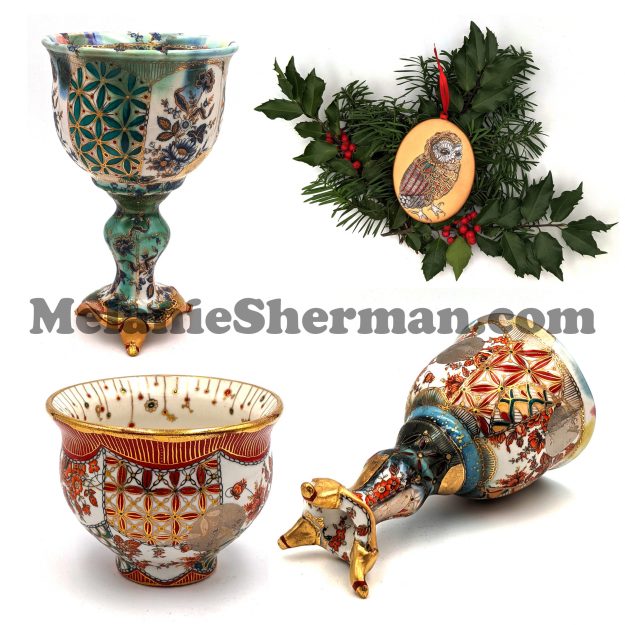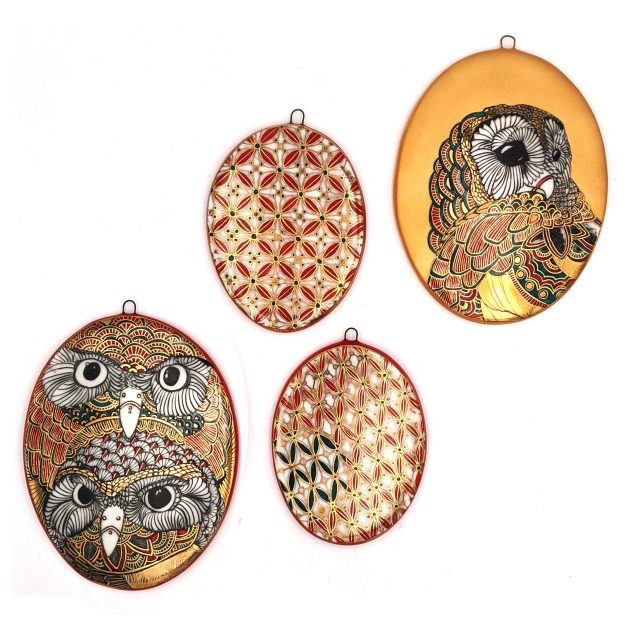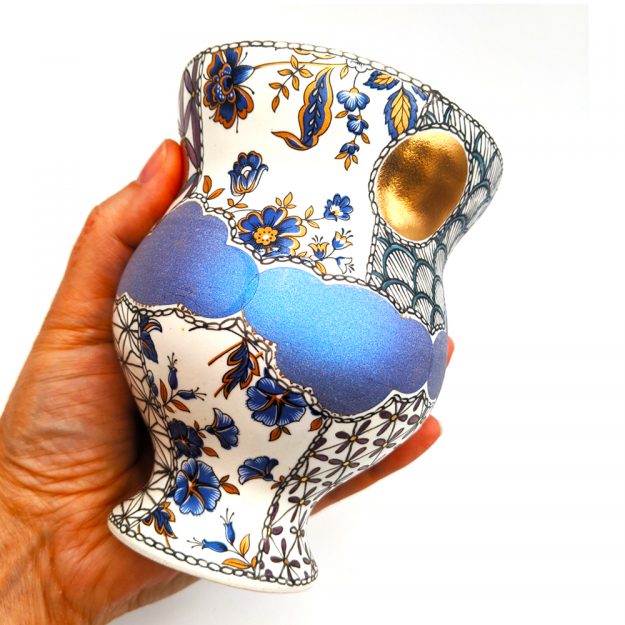I’ve been working on these chalices for the past weeks and finally finished a few to show and tell! Here I applied some colored luster on the rim and it looks like glass. The platinum decals look like a mirror, not only showing what’s in front of it, but also revealing what’s underneath. Super happy…
“Kiddush” Following an ancient custom from the days when wayfarers and the poor lodged in synagogues, some congregations recite the Kiddush at the end of the Friday evening service in the synagogue—except on the eve of Passover (Pesaḥ), when the recitation is reserved for the seder service. The Kiddush that is recited after the morning…
Opening ONLINE on June 17th, 2022 at 10 AM CST Six of my Yunomis are available here: https://www.clayakar.com/collections/artist-melanie-sherman Definition of Yunomi (U-No-Me): A cup with a trimmed or turned foot, without a handle. Unlike the more formal Chawan tea bowl, which is used during the Japanese tea ceremony, the Yunomi is made for daily (or informal) tea drinking.…
RECORDED WORKSHOP: HANDMADE CERAMIC JEWELRY WITH MELANIE SHERMAN Ceramic jewelry is HOT right now and we are really fortunate to have Melanie Sherman presenting the ways she makes her exquisite designs and incredible work. In this two-hour workshop, she will demonstrate the finer points of creating her forms, using marbled porcelain, and texturing for ice…
In the realm of design and creation, the art of building complex forms using templates emerges as a versatile and ingenious approach. This method, which hinges on the synthesis of structure and creativity, enables designers, architects, and craftsmen to transform intricate ideas into tangible realities. The process encompasses the utilization of templates, precision engineering, innovation, and practicality, resulting in marvels that encapsulate the fusion of human ingenuity and technical prowess.
Anderson Ranch Art Center 5263 Owl Creek RoadSnowmass Village, Colorado July 25 – 29, 2022 More is More: China Paint Techniques This workshop is designed to marry the ceramic form with imagery, exploring surface decorations such as China paints, metallic lusters, flocking, gold leaf, and other finishes. This course encourages students of all disciplines to…
Out of an abundance of caution for the Omicron variant and due to supply chain issues with supplies, the Armory Art Center has made the difficult decision to cancel this Visiting Master Artist Workshop. Please check back for any future workshops at the Armory Art Center! (updated 01/12/2022) Armory Art Center811 Park PlaceWest Palm Beach,…
The Shop is open: December 3rd, 2021 @ 5PM CT Should you run into any problems, please contact me directly at melanieshermanceramics@gmail.com If you are in the Kansas City Area, you are always more than welcome to stop by to see all of my work in person: Cerbera Gallery2011 Baltimore AvenueKansas City, Missouri 64108Call for…
The sale will open at the beginning of December and my newsletter community will be notified BEFORE the sale goes live on social media! Don’t miss out on my Pre-Sale exclusively for Newsletter Subscribers. Sign up today: Subscribe * indicates required Email Address * First Name * Last Name * Email Format html text

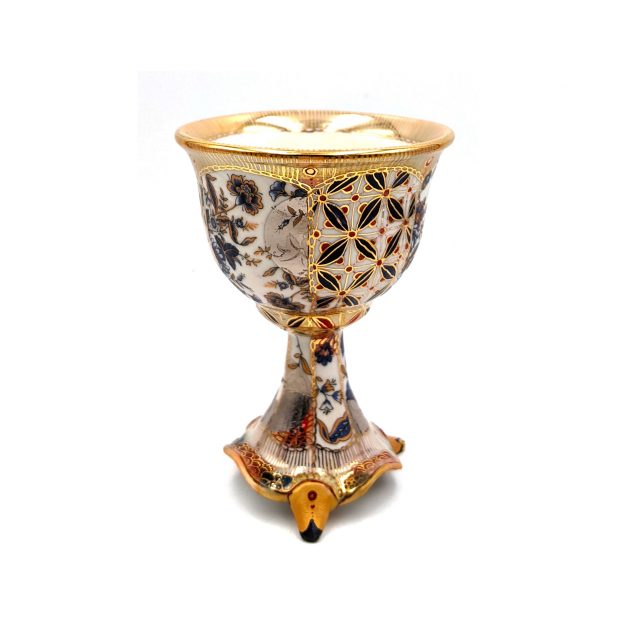
 4 images
4 images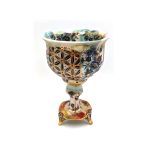 4 images
4 images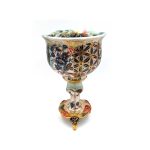 4 images
4 images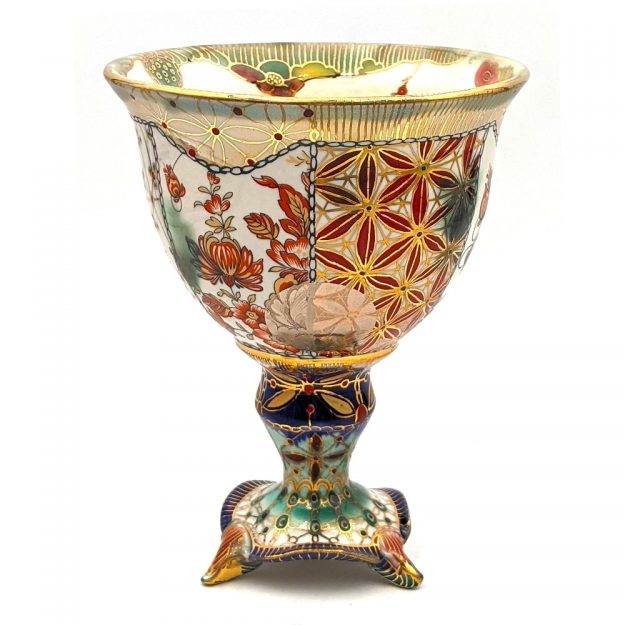
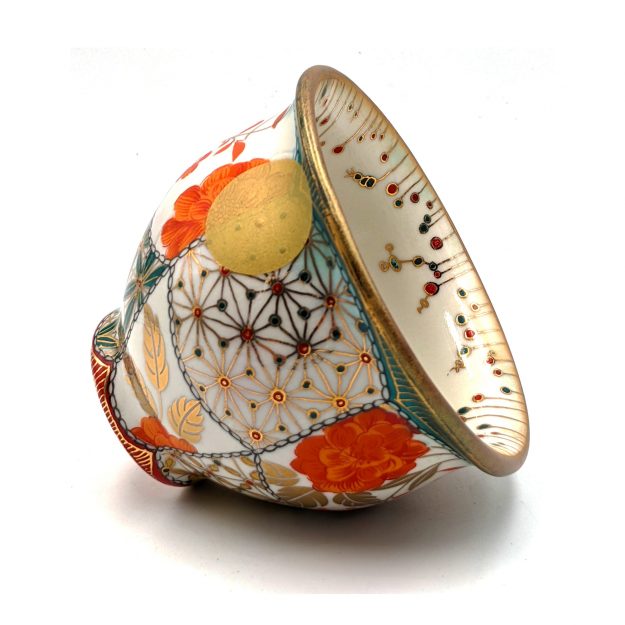
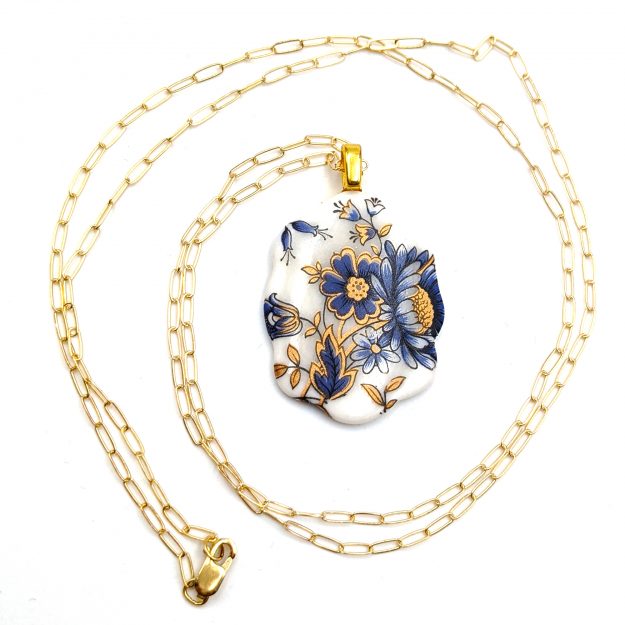
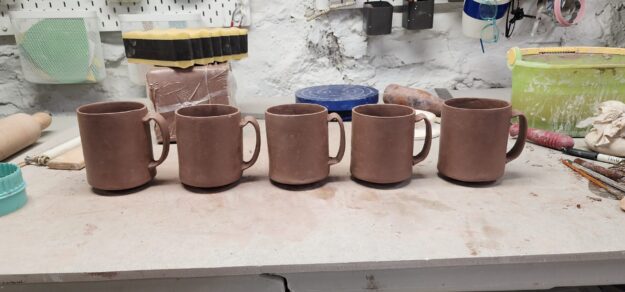

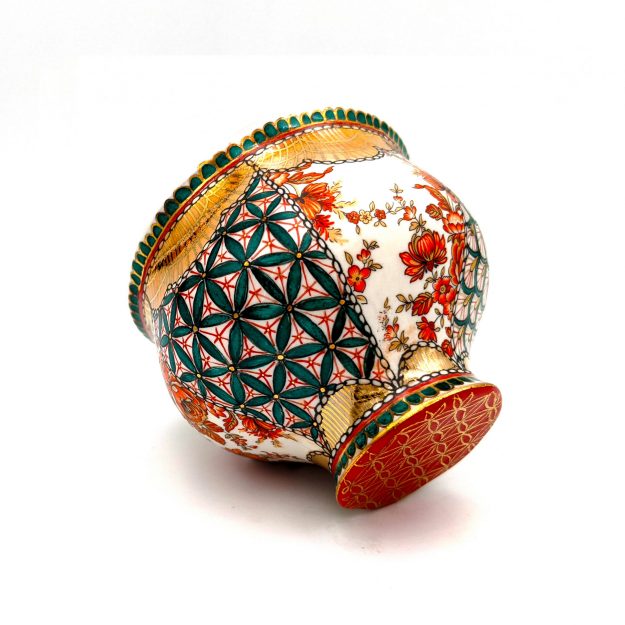
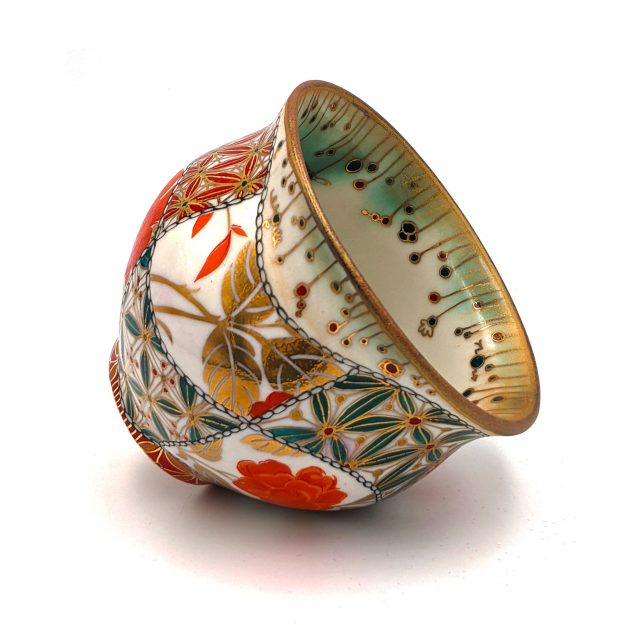
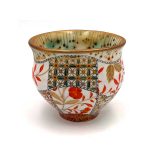 3 images
3 images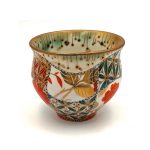 3 images
3 images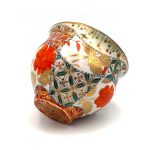 3 images
3 images